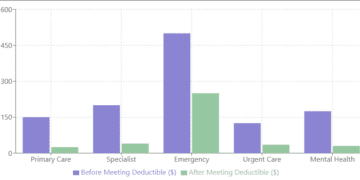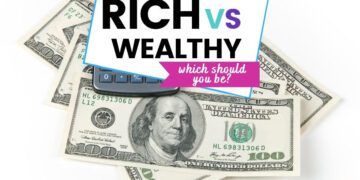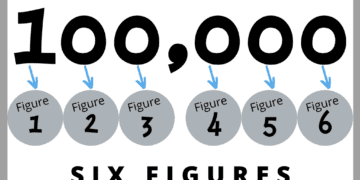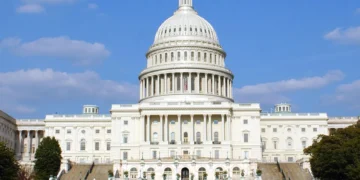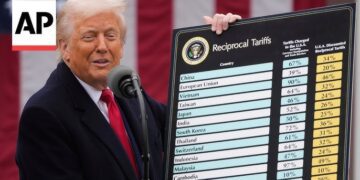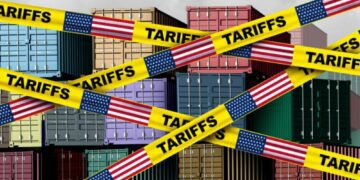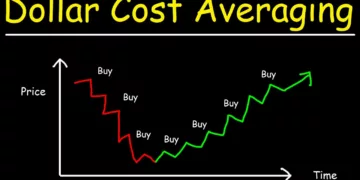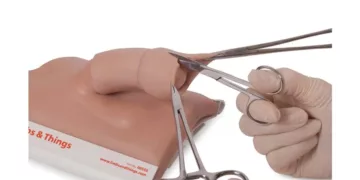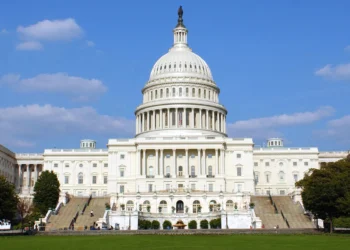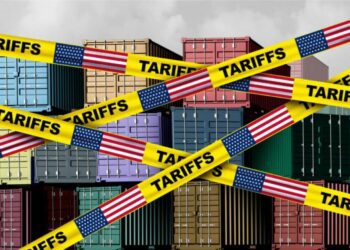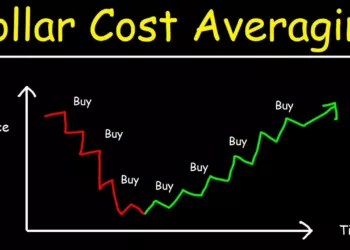As many of you have likely heard by now, President Trump signed a significant executive order yesterday declaring a national emergency related to trade and implementing what he’s calling “Reciprocal Tariffs.” After reviewing the actual executive order and accompanying fact sheets, I wanted to break down what this means for all of us in clear, straightforward terms.
What Just Happened?
On April 2, 2025, President Trump signed an executive order titled “Regulating Imports with a Reciprocal Tariff to Rectify Trade Practices that Contribute to Large and Persistent United States Goods Trade Deficits.” In simple terms, he’s declared that our trade deficit constitutes a national emergency and is implementing widespread tariffs to address it.
The administration believes the US has been unfairly treated in global trade, pointing to our relatively low average tariff rate of 3.3% compared to countries like Brazil (11.2%), China (7.5%), India (17%), and others.
How Will the Tariffs Work?
The order establishes two phases of implementation:
- Initial 10% tariff on all imports beginning April 5, 2025, at 12:01 a.m. EDT.
- Higher country-specific tariffs for nations with which the US has the largest trade deficits, beginning April 9, 2025.
These tariffs will remain in effect until the President determines the threat posed by the trade deficit and underlying non-reciprocal treatment has been addressed.
What Products Are Exempted?
Not all products will face these new tariffs. Exemptions include:
- Articles already subject to Section 232 tariffs (steel, aluminum, automobiles, auto parts)
- Copper, pharmaceuticals, semiconductors, and lumber
- Certain critical minerals
- Energy and energy products
- Articles covered by specific humanitarian exemptions
Special Provisions for Canada and Mexico
For our neighbors to the north and south, the situation is a bit different:
- Existing orders related to fentanyl and migration remain in effect
- Goods that comply with USMCA (the North American trade agreement) will continue to enter duty-free
- Non-USMCA compliant goods from these countries already face a 25% tariff in most cases
- Non-USMCA energy and potash currently face a 10% tariff
If these existing orders are terminated in the future, USMCA-compliant goods would still receive preferential treatment, while non-compliant goods would face a 12% tariff.
Additional Action on Chinese Low-Value Shipments
In a separate but related executive order, President Trump also eliminated the duty-free “de minimis” exemption for shipments valued at under $800 from China. Beginning May 2, 2025, these shipments will face either:
- A 30% tariff based on value, or
- A flat fee of $25 per postal item (increasing to $50 after June 1, 2025)
This is specifically targeted at combating deceptive shipping practices the administration claims are used to smuggle synthetic opioids and other illicit substances into the US.
Why Is This Happening?
According to the executive order and fact sheets, the administration believes:
- Our annual goods trade deficit exceeded $1.2 trillion in 2024, which they view as unsustainable
- Manufacturing decline has weakened our national security and economic resilience
- Our trade partners impose unfair tariff and non-tariff barriers against American products
- The US has lost approximately 5 million manufacturing jobs since 1997
- US manufacturing output has fallen from 28.4% of global output in 2001 to 17.4% in 2023
The order cites various examples of tariff discrepancies, such as:
- The US imposes a 2.5% tariff on passenger vehicles, while the EU imposes 10% and India 70%
- Apples enter the US duty-free, but face 60.3% tariffs in Turkey and 50% in India
- The US imposes a 0% tariff on network switches and routers, while India imposes 10%
What Will Be the Impact?
The administration claims these tariffs will:
- Create new incentives for purchasing American-made products
- Help rebuild domestic manufacturing capacity
- Strengthen supply chains and reduce vulnerability to disruptions
- Boost the economy by approximately $728 billion
- Create an estimated 2.8 million jobs
- Increase real household incomes by 5.7%
They cite studies suggesting that previous tariffs implemented during Trump’s first term “led to significant reshoring” with minimal inflation effects.
My Analysis
Without injecting political opinion, here are some factual considerations to keep in mind:
- Short-term price effects: Any tariff is essentially a tax on imports, which can lead to higher prices for affected goods. While the administration cites studies suggesting minimal inflation impact, the immediate effect could mean higher costs for some products.
- Supply chain adjustments: Companies will need to reconsider their supply chains, potentially shifting production or sourcing to avoid tariffs. This won’t happen overnight.
- Potential retaliation: The order specifically mentions that if trading partners retaliate, the President may increase tariffs further.
- Exemption significance: The exemptions for items like pharmaceuticals, semiconductors, and energy products are notable, suggesting an awareness of potential price sensitivities or supply constraints in these sectors.
- Manufacturing impact: Whether this will actually lead to significant reshoring of manufacturing remains to be seen, as there are many factors beyond tariffs that influence where companies choose to produce goods.
This executive order represents one of the most significant shifts in US trade policy in decades. The administration is clearly betting that the long-term benefits of rebuilding domestic manufacturing will outweigh any short-term cost increases.
I’ll be watching closely in the coming months to see how markets, trading partners, and domestic manufacturers respond to these changes, and will provide updates as the situation develops.
What questions do you have about these new tariffs? Let me know in the comments, and I’ll do my best to address them in future posts.
For further reading, check out the following:



